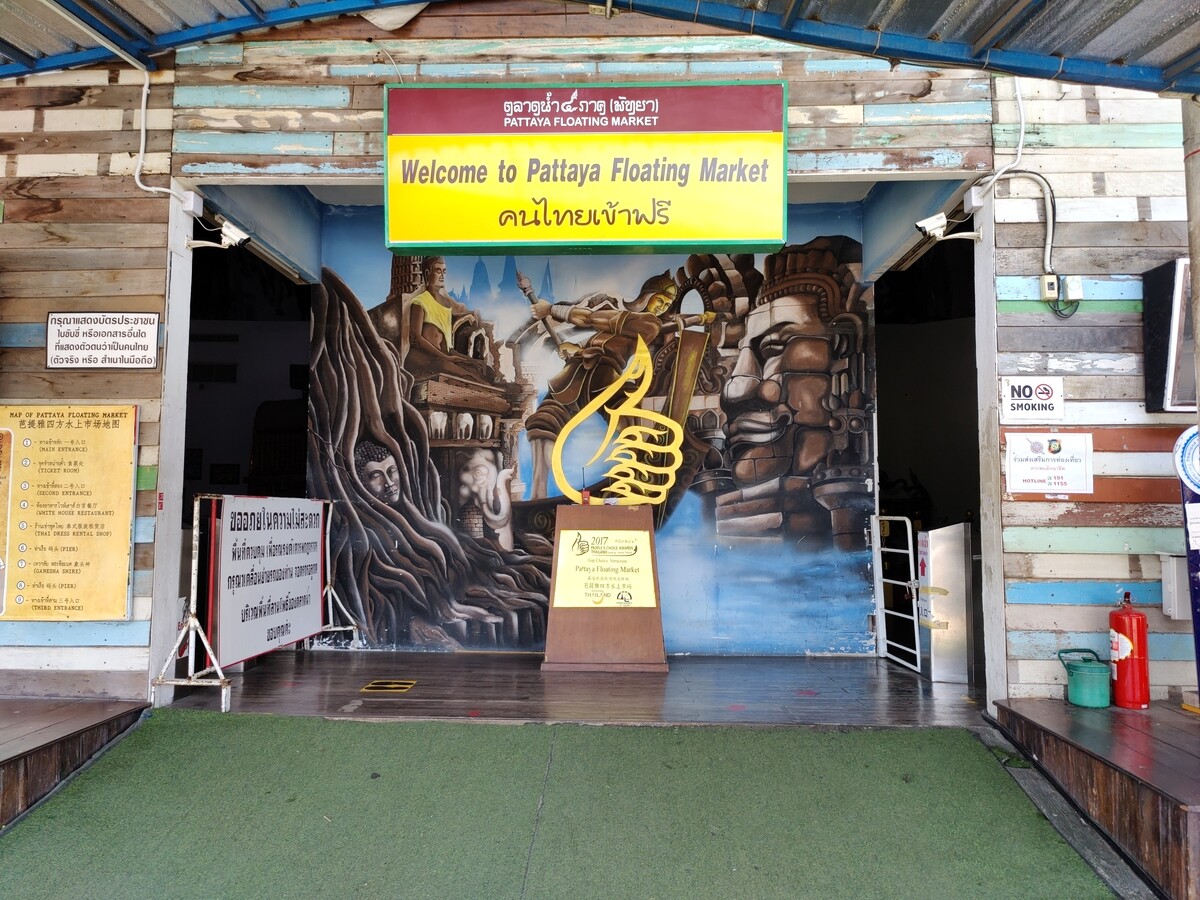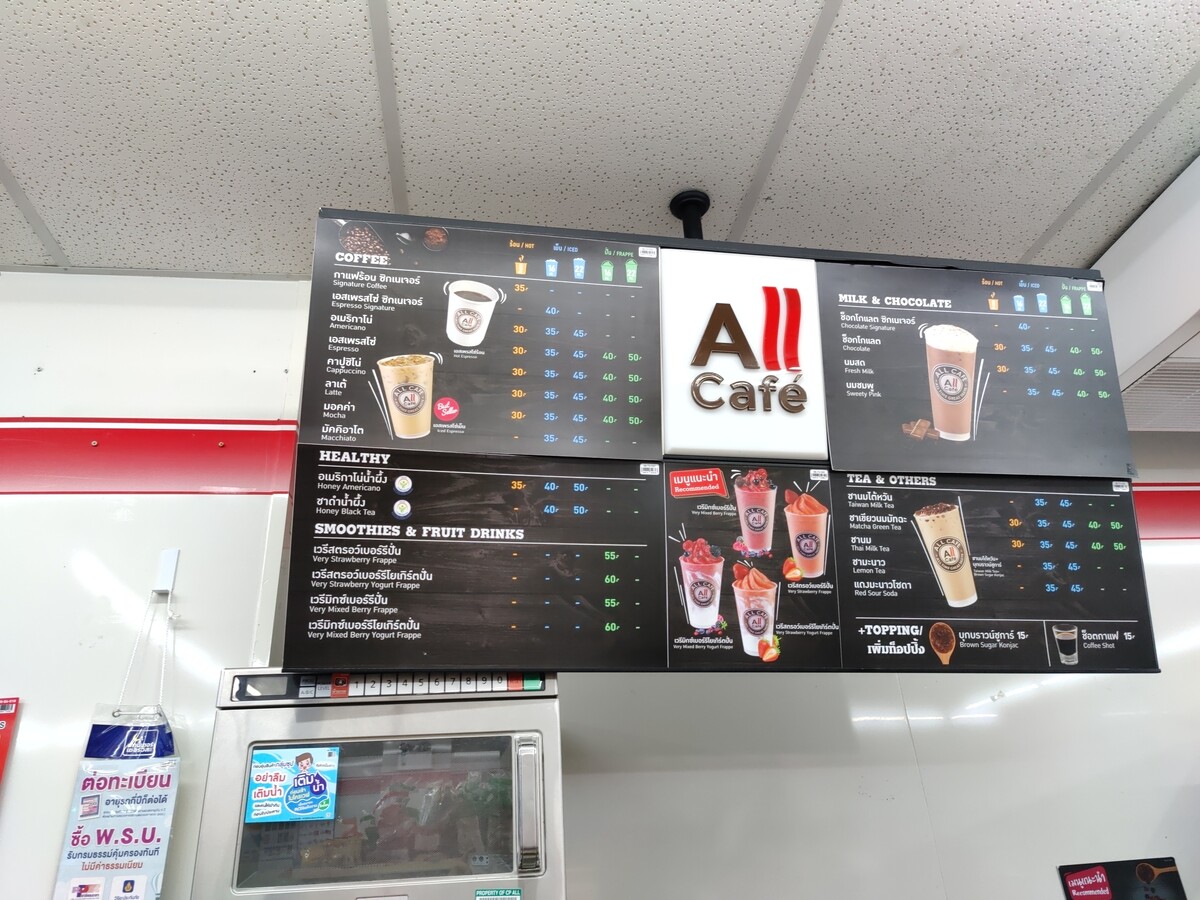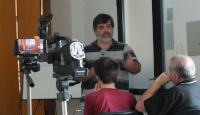First, thanks to Samuel Henrique for giving notice of
recent Firefox
CVEs in Debian
testing/unstable.
At the time I didn't want to upgrade my system (Debian Sid) due to the ongoing
t64 transition transition,
so I decided I could install the Firefox Flatpak app instead, and why not stick
to it long-term?
This blog post details all the steps, if ever others want to go the same road.
Flatpak Installation
Disclaimer: this section is hardly anything more than a copy/paste of the
official documentation, and with time it
will get outdated, so you'd better follow the official doc.
First thing first, let's install
Flatpak:
$ sudo apt update
$ sudo apt install flatpak
Then the next step is to add the
Flathub remote
repository, from where we'll get our Flatpak applications:
$ flatpak remote-add --if-not-exists flathub https://dl.flathub.org/repo/flathub.flatpakrepo
And that's all there is to it! Now come the optional steps.
For GNOME and KDE users, you might want to install a plugin for the software
manager specific to your desktop, so that it can support and manage Flatpak
apps:
$ which -s gnome-software && sudo apt install gnome-software-plugin-flatpak
$ which -s plasma-discover && sudo apt install plasma-discover-backend-flatpak
And here's an additional check you can do, as it's something that did bite me
in the past: missing
xdg-portal-* packages, that are required for Flatpak
applications to communicate with the desktop environment. Just to be sure, you
can check the output of
apt search '^xdg-desktop-portal' to see what's
available, and compare with the output of
dpkg -l grep xdg-desktop-portal.
As you can see, if you're a GNOME or KDE user, there's a portal backend for
you, and it should be installed. For reference, this is what I have on my GNOME
desktop at the moment:
$ dpkg -l grep xdg-desktop-portal awk ' print $2 '
xdg-desktop-portal
xdg-desktop-portal-gnome
xdg-desktop-portal-gtk
Install the Firefox Flatpak app
This is trivial, but still, there's a question I've always asked myself: should
I install applications system-wide (aka.
flatpak --system, the default) or
per-user (aka.
flatpak --user)? Turns out, this questions is answered in the
Flatpak documentation:
Flatpak commands are run system-wide by default. If you are installing
applications for day-to-day usage, it is recommended to stick with this
default behavior.
Armed with this new knowledge, let's install the
Firefox app:
$ flatpak install flathub org.mozilla.firefox
And that's about it! We can give it a go already:
$ flatpak run org.mozilla.firefox
Data migration
At this point, running Firefox via Flatpak gives me an "empty" Firefox. That's
not what I want, instead I want my usual Firefox, with a gazillion of tabs
already opened, a few extensions, bookmarks and so on.
As it turns out, Mozilla provides a brief
doc for data
migration,
and it's as simple as moving Firefox data directory around!
To clarify, we'll be copying data:
- from
~/.mozilla/ -- where the Firefox Debian package stores its data
- into
~/.var/app/org.mozilla.firefox/.mozilla/ -- where the Firefox Flatpak
app stores its data
Make sure that all Firefox instances are closed, then proceed:
# BEWARE! Below I'm erasing data!
$ rm -fr ~/.var/app/org.mozilla.firefox/.mozilla/firefox/
$ cp -a ~/.mozilla/firefox/ ~/.var/app/org.mozilla.firefox/.mozilla/
To avoid confusing myself, it's also a good idea to rename the local data
directory:
$ mv ~/.mozilla/firefox ~/.mozilla/firefox.old.$(date --iso-8601=date)
At this point,
flatpak run org.mozilla.firefox takes me to my "usual"
everyday Firefox, with all its tabs opened, pinned, bookmarked, etc.
More integration?
After following all the steps above, I must say that I'm 99% happy. So far,
everything works as before, I didn't hit any issue, and I don't even notice
that Firefox is running via Flatpak, it's completely transparent.
So where's the 1% of unhappiness? The Run a Command dialog from GNOME, the
one that shows up via the keyboard shortcut
<Alt+F2>. This is how I start my
GUI applications, and I usually run two Firefox instances in parallel (one for
work, one for personal), using the
firefox -p <profile> command.
Given that I ran
apt purge firefox before (to avoid confusing myself with two
installations of Firefox), now the right (and only) way to start Firefox from a
command-line is to type
flatpak run org.mozilla.firefox -p <profile>. Typing
that every time is way too cumbersome, so I need something quicker.
Seems like the most straightforward is to create a wrapper script:
$ cat /usr/local/bin/firefox
#!/bin/sh
exec flatpak run org.mozilla.firefox "$@"
And now I can just hit
<Alt+F2> and type
firefox -p <profile> to start
Firefox with the profile I want, just as before. Neat!
Looking forward: system updates
I usually update my system manually every now and then, via the well-known pair
of commands:
$ sudo apt update
$ sudo apt full-upgrade
The downside of introducing Flatpak, ie. introducing another package manager,
is that I'll need to learn new commands to update the software that comes via
this channel.
Fortunately, there's really not much to learn. From
flatpak-update(1):
flatpak update [OPTION...] [REF...]
Updates applications and runtimes. [...] If no REF is given, everything is
updated, as well as appstream info for all remotes.
Could it be that simple? Apparently yes, the Flatpak equivalent of the two
apt
commands above is just:
Going forward, my options are:
- Teach myself to run
flatpak update additionally to apt update, manually,
everytime I update my system.
- Go crazy: let something automatically update my Flatpak apps, in my back
and without my consent.
I'm actually tempted to go for option 2 here, and I wonder if GNOME Software
will do that for me, provided that I installed
gnome-software-plugin-flatpak,
and that I checked Software Updates -> Automatic in the Settings (which I
did).
However, I didn't find any documentation regarding what this setting really
does, so I can't say if it will
only download updates, or if it will
also
install it. I'd be happy if it automatically installs new version of Flatpak
apps, but at the same time I'd be very unhappy if it automatically upgrades my
Debian system...
So we'll see. Enough for today, hope this blog post was useful!

 Like each month, have a look at the work funded by
Like each month, have a look at the work funded by 















 I recently became a maintainer of/committer to
I recently became a maintainer of/committer to  A welcome sign at Bangkok's Suvarnabhumi airport.
A welcome sign at Bangkok's Suvarnabhumi airport.
 Bus from Suvarnabhumi Airport to Jomtien Beach in Pattaya.
Bus from Suvarnabhumi Airport to Jomtien Beach in Pattaya.
 Road near Jomtien beach in Pattaya
Road near Jomtien beach in Pattaya
 Photo of a songthaew in Pattaya. There are shared songthaews which run along Jomtien Second road and takes 10 bath to anywhere on the route.
Photo of a songthaew in Pattaya. There are shared songthaews which run along Jomtien Second road and takes 10 bath to anywhere on the route.
 Jomtien Beach in Pattaya.
Jomtien Beach in Pattaya.
 A welcome sign at Pattaya Floating market.
A welcome sign at Pattaya Floating market.
 This Korean Vegetasty noodles pack was yummy and was available at many 7-Eleven stores.
This Korean Vegetasty noodles pack was yummy and was available at many 7-Eleven stores.
 Wat Arun temple stamps your hand upon entry
Wat Arun temple stamps your hand upon entry
 Wat Arun temple
Wat Arun temple
 Khao San Road
Khao San Road
 A food stall at Khao San Road
A food stall at Khao San Road
 Chao Phraya Express Boat
Chao Phraya Express Boat
 Banana with yellow flesh
Banana with yellow flesh
 Fruits at a stall in Bangkok
Fruits at a stall in Bangkok
 Trimmed pineapples from Thailand.
Trimmed pineapples from Thailand.
 Corn in Bangkok.
Corn in Bangkok.
 A board showing coffee menu at a 7-Eleven store along with rates in Pattaya.
A board showing coffee menu at a 7-Eleven store along with rates in Pattaya.
 In this section of 7-Eleven, you can buy a premix coffee and mix it with hot water provided at the store to prepare.
In this section of 7-Eleven, you can buy a premix coffee and mix it with hot water provided at the store to prepare.
 Red wine being served in Air India
Red wine being served in Air India
 I am eager to incorporate your AI generated code into my software.
Really!
I want to facilitate making the process as easy as possible. You're already
using an AI to do most of the hard lifting, so why make the last step hard? To
that end, I skip my usually extensive code review process for your AI generated
code submissions. Anything goes as long as it compiles!
Please do remember to include "(AI generated)" in the description of your
changes (at the top), so I know to skip my usual review process.
Also be sure to sign off to the standard
I am eager to incorporate your AI generated code into my software.
Really!
I want to facilitate making the process as easy as possible. You're already
using an AI to do most of the hard lifting, so why make the last step hard? To
that end, I skip my usually extensive code review process for your AI generated
code submissions. Anything goes as long as it compiles!
Please do remember to include "(AI generated)" in the description of your
changes (at the top), so I know to skip my usual review process.
Also be sure to sign off to the standard
 Last week we held our promised miniDebConf in Santa Fe City, Santa Fe province,
Argentina just across the river from Paran , where I have spent almost six
beautiful months I will never forget.
Last week we held our promised miniDebConf in Santa Fe City, Santa Fe province,
Argentina just across the river from Paran , where I have spent almost six
beautiful months I will never forget.



